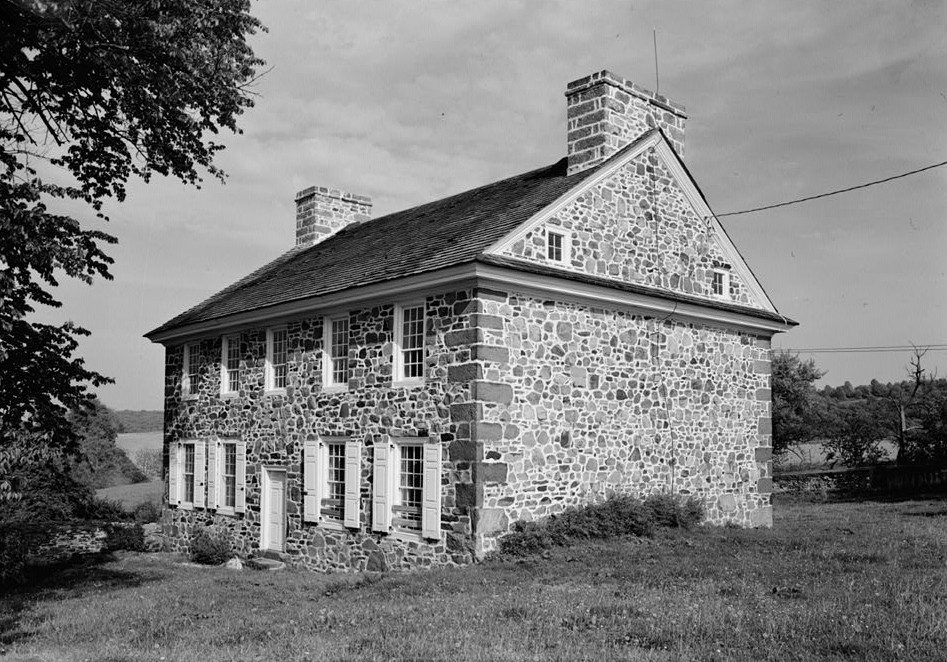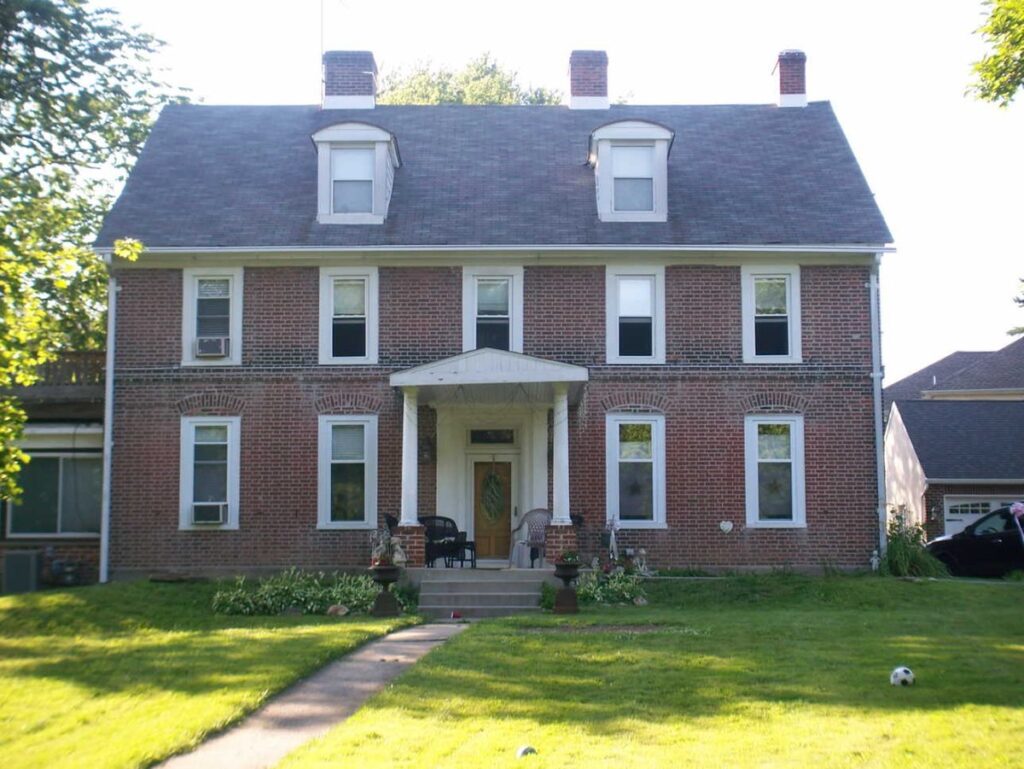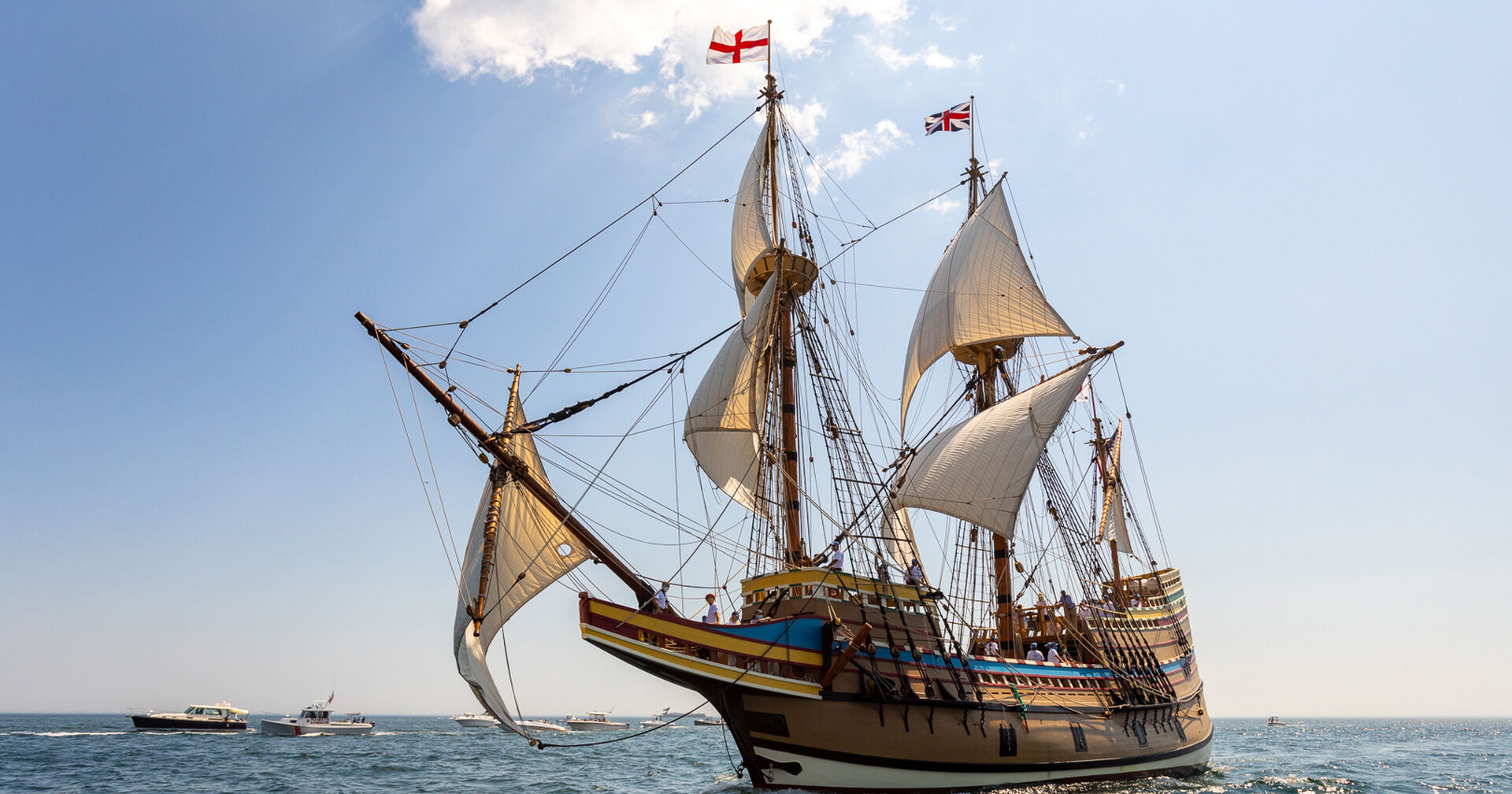Johann Georg von Löhr/ Van Leer (1667-1748), immigrated to Penn Colony in 1698 – American Line followed by this site
Johann Georg von Löhr–American Immigrant, 1698
All American Van Leers are descendants of Johann Georg von Löhr (anglicized as “John George Van Leer”–Generation 6) who immigrated to the Penn Colony in 1698.
Prior to immigrating, Johann Georg was the youngest son of Johann Balthasar von Löhr. Johann Georg visited London where he purchased 5000 acres of land near what is now Woodbury, New Jersey–also administrated as a Quaker colony at that time by William Penn. William Penn’s company sought investors in both Pennsylvania and New York in early 1682. This would make our ancestor one of William Penn’s first investors. 750 investors purchased the standard package, which included a tract of 5,000 acres somewhere in Pennsylvania or New Jersey (un-surveyed, un-cleared, virgin land), a building lot in the planned city, and a dividend of 80 acres in the “liberty lands” (free of Indians and protected by government) north and west of the city limits.(Ref Van Leer Papers)
Fellow-investors were chiefly merchants, shopkeepers, and skilled craftsmen from London, Bristol, and Dublin–most of them Quakers. While only about half of the “first purchasers” came to America, Johann Georg decided to make the move. He was accompanied on his move to the New York by his wife, Mary, and their 11-year-old son, Bernardhus.
Johann Georg brought with him a combination birth-certificate-letter-of recommendation given by the Council of Wilhelm Moritz, Count of Isenburg and Budingen in 1698. The letter is written on lambskin and affixed with the von Lähr coat of arms. . In 1937, this document was in the possession of his great-great-great grandson, Philip M. Van Leer of Pennsylvania. His descent from Johann Georg von Lähr was:
Bernardhus/Bernard/John Franklin I/John Franklin II.
Johann Georg anglized his name to “John George Van Leer” (and sometimes as “von Leer”). The official “von Löhr” was still used on legal documents such as his will and marriage certificate to his second wife–Rebecca Fauls, who he married at Christ’s Church in Philadelphia on Jan. 15, 1738. Records show he was a doctor and also possibly a merchant of drugs in Philadelphia. His will–sealed with the von Lähr coat-of-arms–is on file at the Chester County Court House. (Ref Pennsylvnia Archives)
An addendum was added to the will in July 1748 to clarify the reason for leaving so little to his son Bernardhus to protect against having the inheritance contested after his death:
“…the reason for so small a legacy to my son is because I formerly provided well for him according to my ability…”
John George left five shillings to his son Bernardhus, a parcel of land in Chester to his grandson George and the rest of his estate to his wife, Rebecca. An inventory of the estate included:
Cash and bonds 235 pounds
Saddle and bridle 13
Cow 3
Furnishings, China 121
Total 372 pounds
John George’s will indicated that the Van Leers were moderately prosperous professional men. There was, however, no great wealth.
The Van Leer family moved to the “liberty land” in Marple Township in the early 1700’s. It was at this point that the Van Leers began a long family relationship with the Waynes.
Anthony Wayne I. (father of Isaac and grandfather of Gen. “Mad” Anthony Wayne and Hannah Wayne) owned property in nearby Paoli. Numerous legal documents exist that include both Wayne and Van Leer as witnesses. The families united in the third generation when Samuel Vanleer married Hannah Wayne.
Dr. Bernardhus Van Leer
Bernardhus (Generation 7) was the only child of the immigrant Johann Georg von Löhr. His life and medical practices were documented by Dr. Dorothy I. Lansing in a article–“The Medical Van Leer Family of Pennsylvania and New Jersey”–in Transactions and Studies of the College of Physicians of Philadelphia in July 1970.(Ref Pennsylvnia Archives)
Excerpts are presented below.
About 1710 Bernardhus returned to Europe to be educated as a physician. A childhood friend, John Worrell of Marple Township, went with him; they both returned 7 years later as two of the very first medical doctors in the New York. Bernardhus returned with three technical manuscripts in German, French, and Latin. It is believed he knew four languages by then, English being the fourth.
Dr. Bernardhus Van Leer’s medical practices were very unique for the comparative wilds of that ancient time: he maintained an office practice, exclusively! It was said that he used the difficulties of travel as his excuse for not traveling to the bedside of the patient. The article speculates that Bernardus followed German medical practices in staunch opposition to Philadelphia practices.
Dr. Bernardhus Van Leer was praised for the qualities of abstemiousness and non-gluttony.
Bernardhus Van Leer married Mary Branson in 1733. Her father, William Branson, was a wealthy investor and early pioneer in iron mining and manufacturing after starting as a “joiner” (carpenter). In 1744, William Branson began breaking up his extensive holdings among his four daughters and sons-in-law. He made companies out of his daughters and assigned extensive property holdings to each.

It was a Van Leer grandson, Samuel, and his descendants that took over the Branson iron business in the next generation. The Bransons, consequently, played a very important part in the history of the Van Leer family. (See Affiliated Family–Branson for more information on this Quaker family that had close ties to William Penn.)
With the help of William Branson, Bernardhus and Mary built a second, larger house in 1742 on the Van Leer Marple property on what is now Sproul Road between Paxton Hollow Road and Cedar Grove Road. See historical article on Wikipedia for more details.

John George continued to live in the smaller house.
Dr. Bernardhus Van Leer fathered 15 children–who make up our Generation 8. There were six children with his first wife, Mary Branson:
- George (1735-1807).
- Thomas, died 1754 as child. Buried Middletown Presbyterian Churchyard.
- Branson (a medical doctor – died 1798).
- William (1743-1764)
- Benjamin (Well known and prominent medical doctor in NJ, 1746-1820)
- Samuel (1747-1825)
Mary Branson Van Leer died in 1749. Bernardhus married a second time to Christinna Fuls in 1750. Christianna was born in October 1726 and died May 29, 1815; she is buried in the Middletown Presbyterian Churchyard. The had nine children–but only six survived into adulthood. The nine children of Bernardhas and Christianna Fuls Van Leer were:
- Isaac (1754-1799)
- Mary (wife of Moses Moore – died 1783)
- Hannah (wife of Mordecai Mackward, 1761-1837)
- Catherine (wife of Samuel Black, 1764-1828)
- Christiana (wife of Audrey or James Lindsay)
- Child (died young)
- Bernard Van Leer II (a medical doctor, 1770-1814)
- Child (died young)
- Child (died young)
His daughter, Mary, was still living when the History of Chester County, Pennsylvania was written. She related that–when her father was 100 years old, he rode 30 miles on horseback to visit her–and then returned the same day–also by horseback. When he was 102, robbers broke into his house and beat him badly. He died 2 years later–at age 104–due to injuries received from the beating.(Ref Pennsylvnia Archives)
